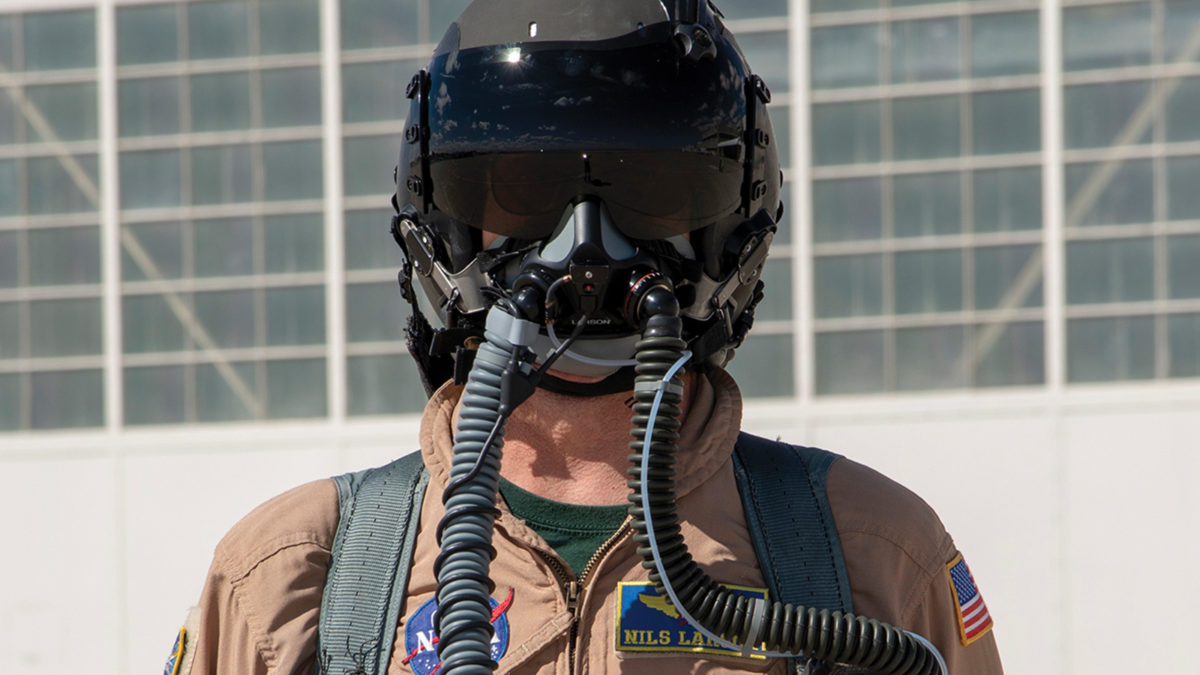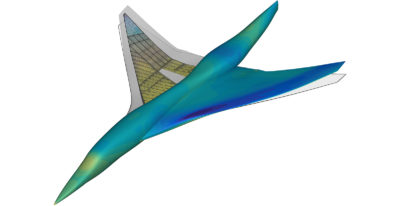Improving physiological monitoring sensor systems for pilots
By NICHOLAS J. NAPOLI, ANGELA HARRIVEL AND ALI RAZ|December 2020
The Sensor Systems and Information Fusion Technical Committee advances technology for sensing phenomena, fusion of data across sensors or networks, and autonomous collaboration between information systems.
The mission requirements, operational environment and technological capabilities of aerospace systems are on an upward trajectory of increasing complexity. This requires a paradigm shift in engineering to account for human and technical components working together as a system of systems. Such a shift will better address physiological concerns around crew members and may usher in an era of synergistic balance between human abilities and system capabilities. The immediate concerns of continuous physiological events that are occurring in flights across F-15, F-16, F-18, F-22, F-35 and other training platforms show that these events are multi-factorial and complex. This year, aerospace research and development programs have looked to sensor systems to fuse real-time data to help bridge the gap between human physiological requirements and aircraft systems. The development of these physiological monitoring systems is at the forefront of advanced life support systems in the cockpit, cognitive monitoring for objective workload assessment, the enabling of performance adaptions and improved human-machine interaction.
NASA’s Engineering and Safety Center and NASA’s Armstrong Flight Research Center in California continued their Pilot Breathing Assessment program in which sensor systems measure numerous physiological breathing parameters for continuous in-flight measurements. In August, NASA released a video, “Improving Flight One Breath at a Time,” that describes progress on linking of breathing dynamics to high-altitude flights, aerobatic flights and any other fighter flight maneuver. Such advanced life-support system frameworks contribute to the explanation of physiological episodes in flight, including hypoxia and hypocapnia, and lead to improvements in oxygen delivery systems, while increasing our understanding of how breathing impacts human performance.
In January, the U.S. Air Force Research Laboratory’s Air Systems Directorate at Wright-Patterson Air Force Base in Ohio received solicitations for advanced pilot health monitoring systems for integrated cockpit sensing. The solicitation built on the inaugural Physiological Episodes Mitigation Technology Summit and Industry Day that Air Systems hosted in December 2019. The summit was part of the effort to demonstrate existing sensor technologies integrated with a government-provided open-architecture software application program interface and the Air Force’s Cognitive Operations Gear Pack software. This is in order to store, process and retransmit signals from multiple pilot vital signs sensor systems. The sensor system and information fusion goal is to develop a system of sensors to monitor variables such as air quality, cognition, pilot vitals and breathing as inputs into systems providing feedback to the human for corrective actions.
Also in January, Naval Air Systems Command expressed interest in physiological sensors for pilot monitoring and released a solicitation for physiological monitoring fabrics and biosensing garments for aerospace applications. This suggests that the Navy, in addition to NASA and the Air Force, has recognized the need to explore novel sensor systems for synergistic design of human and aerospace systems and is looking for integrative sensor designs that would be built into the flight suits and are comfortable, flexible and reusable.
These new sensor technologies lay only the foundation toward advanced human-machine teaming technologies, adaptive workload information for pilot-mounted display system augmentation and workload management systems to handle the complex environments of future aerospace systems. The advances in sensor systems that began this year, when paired with information fusion technologies in the future, will enable new capabilities in human and aerospace system synergy. Their development is expected to continue in the upcoming years and promise to have an impact across multidomain battlefield scenarios and human space exploration.



































